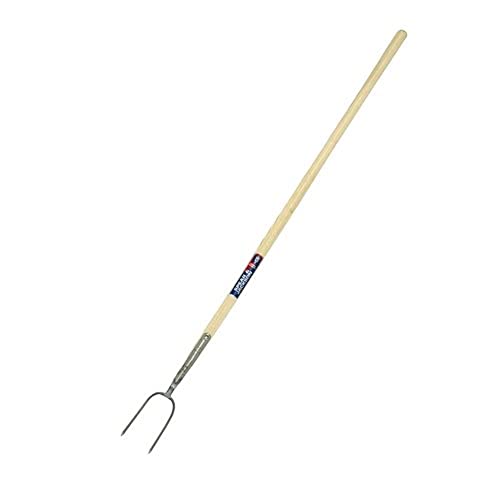Yes, you can use a fork for cooking that has a loose handle
Using a fork that has a loose handle in the kitchen can be a bit tricky, but it is definitely possible. In this article, we will explain why a fork with a loose handle might not be the ideal tool for cooking, but also provide tips on how to make the most of it.
Why a loose handle on a fork can be problematic
When it comes to cooking, having a stable tool is important to ensure safety and efficiency. A fork with a loose handle can pose some challenges in the kitchen. The loose handle can make it difficult to control the fork properly, leading to potential accidents such as dropping hot food or even burning yourself. Additionally, the looseness of the handle might make it harder to apply the necessary pressure when using the fork, impacting the ability to pierce and hold food effectively.
Make the most of a fork with a loose handle
While a fork with a loose handle may not be the optimal tool for cooking, there are several ways to work around this issue and still utilize it in the kitchen.
Tips for using a fork with a loose handle
1. Reinforce the handle: One option is to reinforce the handle of the fork. This can be done using epoxy glue or by tightly wrapping the handle with adhesive tape to provide additional stability.
2. Use it for lighter tasks: If the loose handle is an ongoing issue, it might be best to reserve the fork for lighter tasks, such as tossing salads or serving side dishes, where less pressure and control are required.
3. Consider other utensils: If the loose handle proves to be too challenging or unsafe, it might be worth investing in a new fork or exploring other utensil options such as tongs or a spatula.
4. Take caution while cooking: When using a fork with a loose handle, it is important to exercise caution and be mindful of the potential risks. Slow down and pay extra attention to avoid accidents.
5. Repair or replace: If the loose handle becomes a persistent problem, it may be time to repair or replace the fork. This could involve tightening screws or seeking professional assistance to ensure the handle is securely in place.
In conclusion
A fork with a loose handle can still be used for cooking with some caution and adaptations. However, it is important to remember that safety should always come first. Consider reinforcing the handle, using the fork for lighter tasks, or exploring other utensil options if the loose handle becomes too problematic. Ultimately, the goal is to have a stable and reliable tool to ensure a safe and enjoyable cooking experience.






